Text
"Westerners'... attitude toward the Chinese was necessarily colored by their position as conquerors. As such, they felt vindicated in their view of their hosts as morally and mentally inferior people." -- Stella Dong, Shanghai, the Rise and Fall of a Decadent City (31)
0 notes
Text
"When Commodore Perry visited Shanghai in 1854 during his expedition to Japan he casually mentioned that his favorite mineral water was from Congress Springs in Saratoga Springs; a servant brought a bottle to his room the next day." -- Stella Dong, Shanghai, the Rise and Fall of a Decadent City (27)
0 notes
Text
Week 1 Blog
This week, I read pages 1-19 of the book "Shanghai, the Rise and Fall of a Decadent City" by Stella Dong.
The most important sentence of the week can be found on page 19: "Whether taipan, freebooter, mercenary, or younger son obliged to earn a living, there was hardly a foreigner in Shanghai who did not aspire to go home far richer than when he arrived." Here's why.
This is the most important sentence, at least by page 20, because it perfectly encapsulates the essence of current timeline and the title, alluding to a near future of the country of China where people come not to appreciate the culture or people, but to take advantage of the financial opportunities and reduce the entirety of the enormous country to business transactions and trade. Everybody had an agenda coming into China. An example of this is opium. Opium was brought in by the British who, in planning to take control of the country as they did much of Africa and other Asian countries, spread it around and kept the Chinese (or orientals & occidentals, as they were called) hooked.
Honestly, I'm not very interested in this passage. Yes, is it what the book is about, but I hope the rest of the book does not harp on this topic as it was discussed for at least ten pages. I
0 notes
Text
"Whether taipan, freebooter, mercenary, or younger son obliged to earn a living, there was hardly a foreigner in Shanghai who did not aspire to go home far richer than when he arrived." -- Stella Dong, Shanghai, the Rise and Fall of a Decadent City (19)
0 notes
Text
"'We possess all things. I set no value on objects strange or ingenious and have no use for your country's manufactures. Our ways bear no resemblance to yours.' So the Chien Lung Emperor had famously informed George III's envoy to the imperial court in his rejection of England's request for expanded commercial relations in 1793." -- Stella Dong, Shanghai, the Rise and Fall of a Decadent City (5)
0 notes
Text
5 interesting nonfiction titles
No Tears for Mao: Growing Up in the Cultural Revolution by Niu-Niu
Niu-Niu (NOO-Noo) was four years old when, amidst the rubble that had been her comfortable "bourgeois" home, she watched the beating of her helpless parents, and saw them, bloody and with shaven heads, taken away for what seemed like forever. That traumatic day marked the end of Niu-Niu's innocent childhood. Two days after she was born, on May 16, 1966, Mao Zedung began his "Great Cultural Revolution, " which caused untold suffering. For the next nine years, Niu-Niu's life became a nightmare in which human kindness and reason all but disappeared, where violence and hunger were the order of the day. This direct eyewitness account of one of the world's most shocking social upheavals is told vividly and compassionately. It is a chronicle readers will not forget. (goodreads)
China Dream by Ma Jian
The China Dream is a top-down imposition—an attempt to rally the populace to pursue the so-called “Road to Rejuvenation”, which will, it is claimed, lead China towards individual and national prosperity, and back to its rightful place in the world order(asianreviewofbooks)
Shanghai: the Rise and Fall of a Decadent City by Stella Dong
In this historical narrative, journalist Stella Dong weaves the sordid tale of Shanghai between 1842 and 1949, when crime and illicit sex were rampant and spies and warlords swarmed the city streets. The story of Shanghai’s transformation from swampland to a thriving, modern-day Babylon will be sure to both enthrall you and offer you a new perspective of a city that plays such a critical role in China today. (bookriot)
The Corpse Walker by Liao Yiwu
The Corpse Walker introduces us to regular men and women at the bottom of Chinese society, most of whom have been battered by life but have managed to retain their dignity: a professional mourner, a human trafficker, a public toilet manager, a leper, a grave robber, and a Falung Gong practitioner, among others. By asking challenging questions with respect and empathy, Liao Yiwu managed to get his subjects to talk openly and sometimes hilariously about their lives, desires, and vulnerabilities. The Corpse Walker reveals a fascinating aspect of modern China, describing the lives of normal Chinese citizens in ways that constantly provoke and surprise. (penguinrandomhouse)
China in Ten Words by Yu Hua
Prominent novelist Yu Hua captures ten key themes of Chinese culture within this remarkable book, framing his discussion of each with a personal essay that both engages and educates readers. As he explores China’s politics, culture, society, and history through his own deeply insightful experiences, he enables readers to understand the extent to which China has changed in the past few decades.(bookriot)
@mrwrightsenglishclass
0 notes
Text
10 interesting Chinese novels
Strange Beasts of China by Yan Ge
Strange Beasts of China is set in the city of Yong’an. Here, many races of humanoid ‘beasts’ live amongst the humans, in a similar fashion to Tolkien’s elves and dwarves.
These beasts all have aesthetic and behavioural characteristics which identify them as part of the Sacrificial Beasts, Flourishing Beasts, Sorrowful Beasts etc. (booksandbao)
Fu Ping by Wang Anyi
Fu Ping is set in Shanghai, at a moment in time that is neither modern nor ancient, as the Cultural Revolution of Mao Zedong and the Communist Party has forever changed the landscape of China. (booksandbao)
Monkey King by Wu Cheng’en
Sun Wukong travels and studies and gets ever stronger until he has mastered death itself and ends up picking a fight with every angel in heaven. He is then sealed beneath a mountain for 500 years by Buddha himself.
The rest of the novel follows the fabled journey to the West, as a young monk is tasked by heaven to deliver some scriptures from China to India.
Early on his travels, he stumbles across the sealed Monkey King, frees him, and takes him on as an apprentice in an attempt to reform the wild Sun Wukong. (booksandbao)
The Shadow Book of Ji Yun by Ji Yun
Ji Yun was an 18th Century Chinese philosopher and politician who wrote a frankly obscene number of short accounts concerning supernatural phenomena and spiritual experiences.(booksandbao)
The Three Body Problem by Cixin Liu
Set against the backdrop of China's Cultural Revolution, a secret military project sends signals into space to establish contact with aliens. An alien civilization on the brink of destruction captures the signal and plans to invade Earth.(us.macmillan)
Waste Tide by Chen Qiufan
In Chinese science fiction author Chen Qiufan's debut novel Waste Tide, a young woman finds herself transformed and stuck in the midst of a vicious power struggle between factions in the polluted, fictitious Silicon Isle in Guiyu, China. (theverge)
Chronicle of a Blood Merchant by Yu Hua
A man named Xu Sanguan learns that you can sell your own blood for a good price — all you have to do is make sure to drink an inordinate number of bowls of water before you go. As he grows into a husband and father, part of a complicated family, he continues to return to the hospital through famine and struggle. This book is compelling for the twists and turns of its family turmoil, but also for the description of this blood-selling subculture and the questions it raises. What does it mean to be family — is it only defined by blood? And what if the only capital you have is your own body, your own energy, your own blood?(bookriot)
The Day the Sun Died by Lan Yianke
One evening in early June, in a small Chinese town, Li Niannian notices that something is wrong. Everyone should be going home, heading to sleep. But instead, they’re all wandering in the darkness — sleepwalking. And over the course of one night, these sleeping townspeople will fall into chaos: secrets revealed, violence unleashed, past hurts unearthed. Lianke’s novel is a dystopian tale meant to challenge the “Chinese dream” promoted by President Xi Jinping, parodying the sunny vision of the government of what the Chinese people believe, contrasting it with the shame and madness of what’s unearthed in the darkness of night as Li Niannian and his father try to wake up their town. (bookriot)
I Live in the Slums by Can Xue
Can Xue’s works are famously surreal, strange, and amorphous. So her absurd short stories are probably the best place to try out her style. In this book, the characters flee and shift, trying to fit in, trying to find a place free of abuse, where they can be safe, in a world defined by scattered-ness, by lack of community, by inequality. A young man searches for a magic pond, a Kafka-esque rat-person tries to find peace, a magpie protects its partner from human neighbors. Can Xue’s pen name refers to the snow left over at the end of winter — she chose to write under a pseudonym to hide her gender while publishing her radical, experimental fiction. (bookriot)
The Seventh Day by Yu Hua
Arguably, the prolific and acclaimed Yu Hua’s best-known novel in English, The Seventh Day, is the story of Yang Fei, a foundling brought up in the Chinese countryside who becomes an outsider to its society, only to die and roam the afterlife revisiting the people he has lost in the course of his life. The result is a composite of China’s panoramic history with all of its highs and lows. (theculturetrip)
@mrwrightsenglishclass
6 notes
·
View notes
Photo

Zheng Guogu (郑国谷) — Grand Visionary Transformation of Hevajra [oil on canvas, 2016]
512 notes
·
View notes
Text
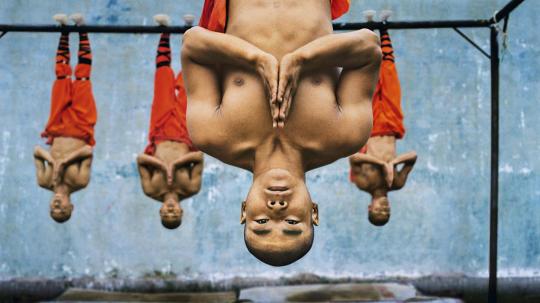
Shaolin monks in training, photographed in 2004 in Zhengzhou, China
STEVE MCCURRY/MAGNUM PHOTOS
21 notes
·
View notes
Photo


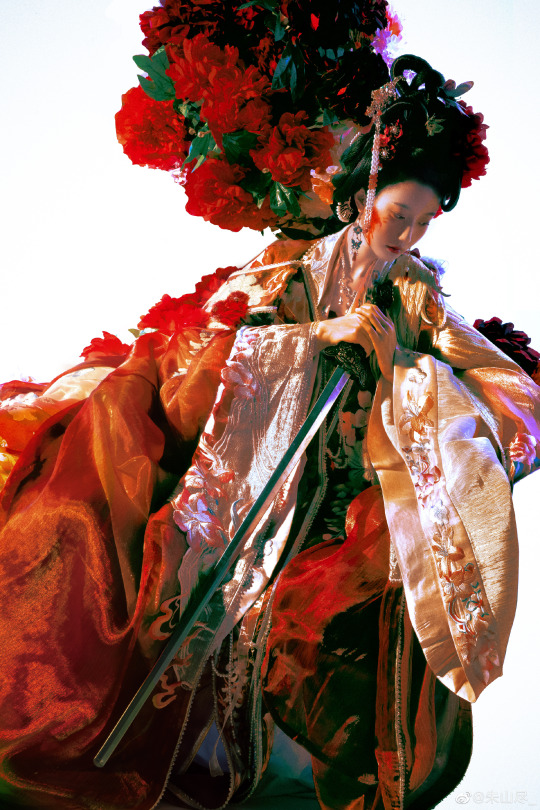
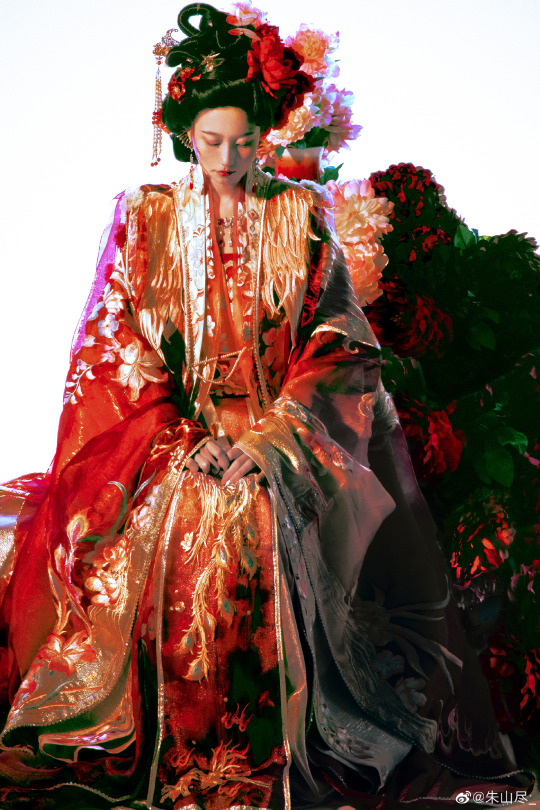
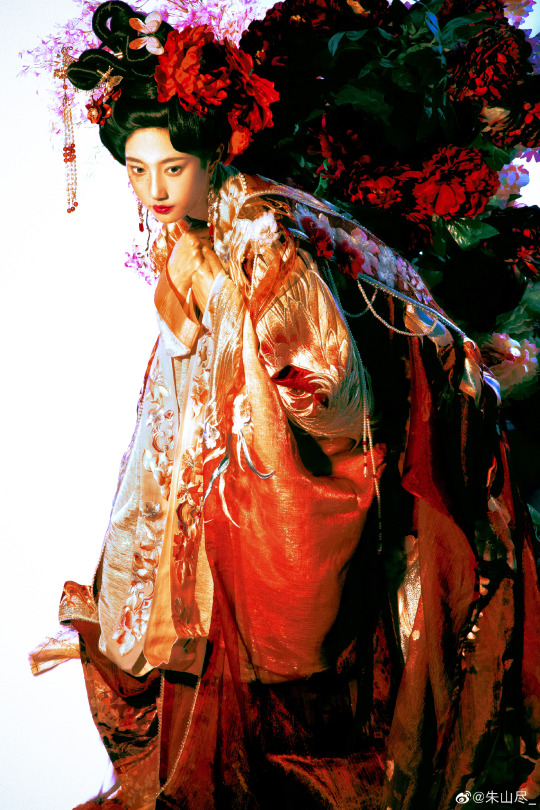
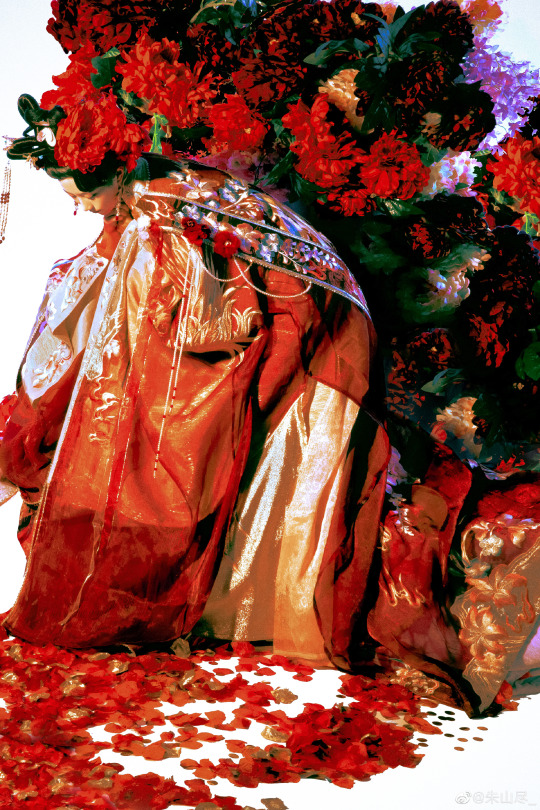
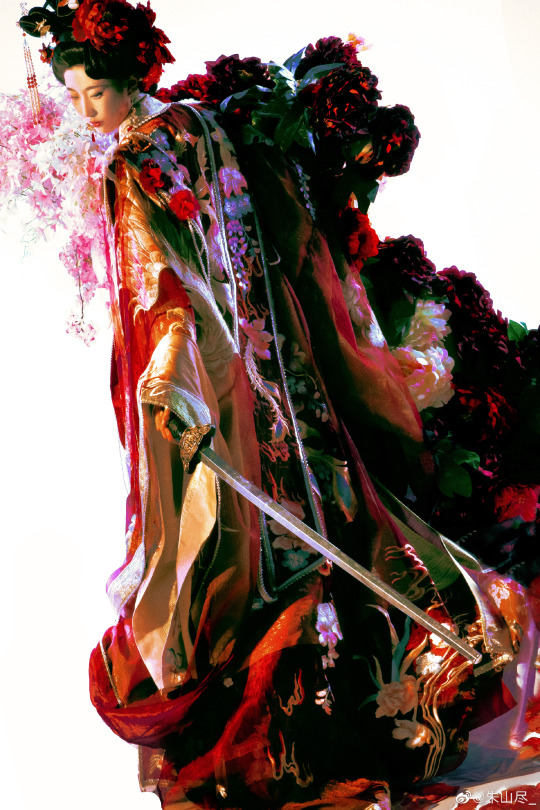
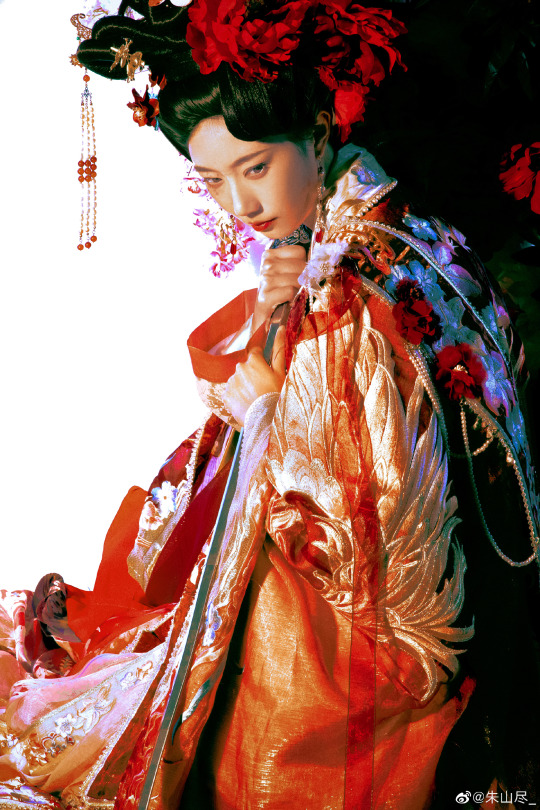

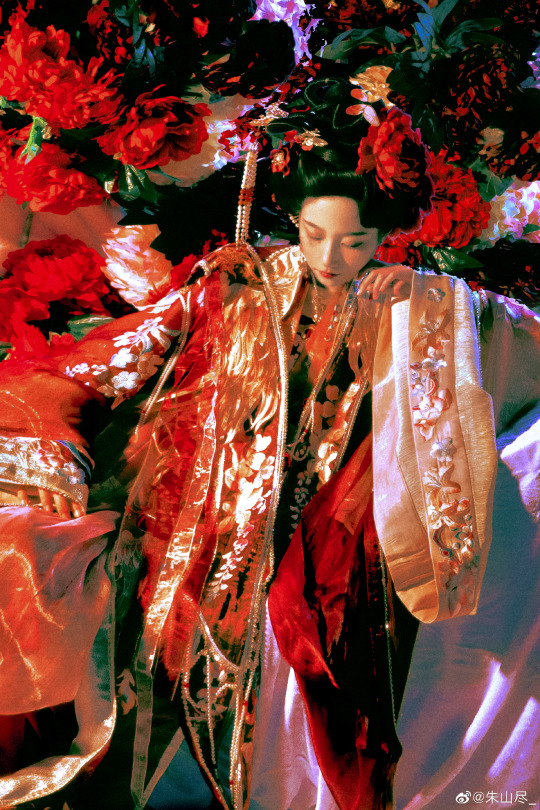
[Hanfu · 漢服]China Song Dynasty Chinese Hanfu Photoshoots-【执欲】
————————
📸Photo:@朱山尽_
👗Hanfu: @异志阁原创国风
🧚🏻♀️Model: 老干部(XiaoHongShu App)
🔗Weibo:https://weibo.com/6906018733/MgyMdBauw
————————
2K notes
·
View notes
Photo
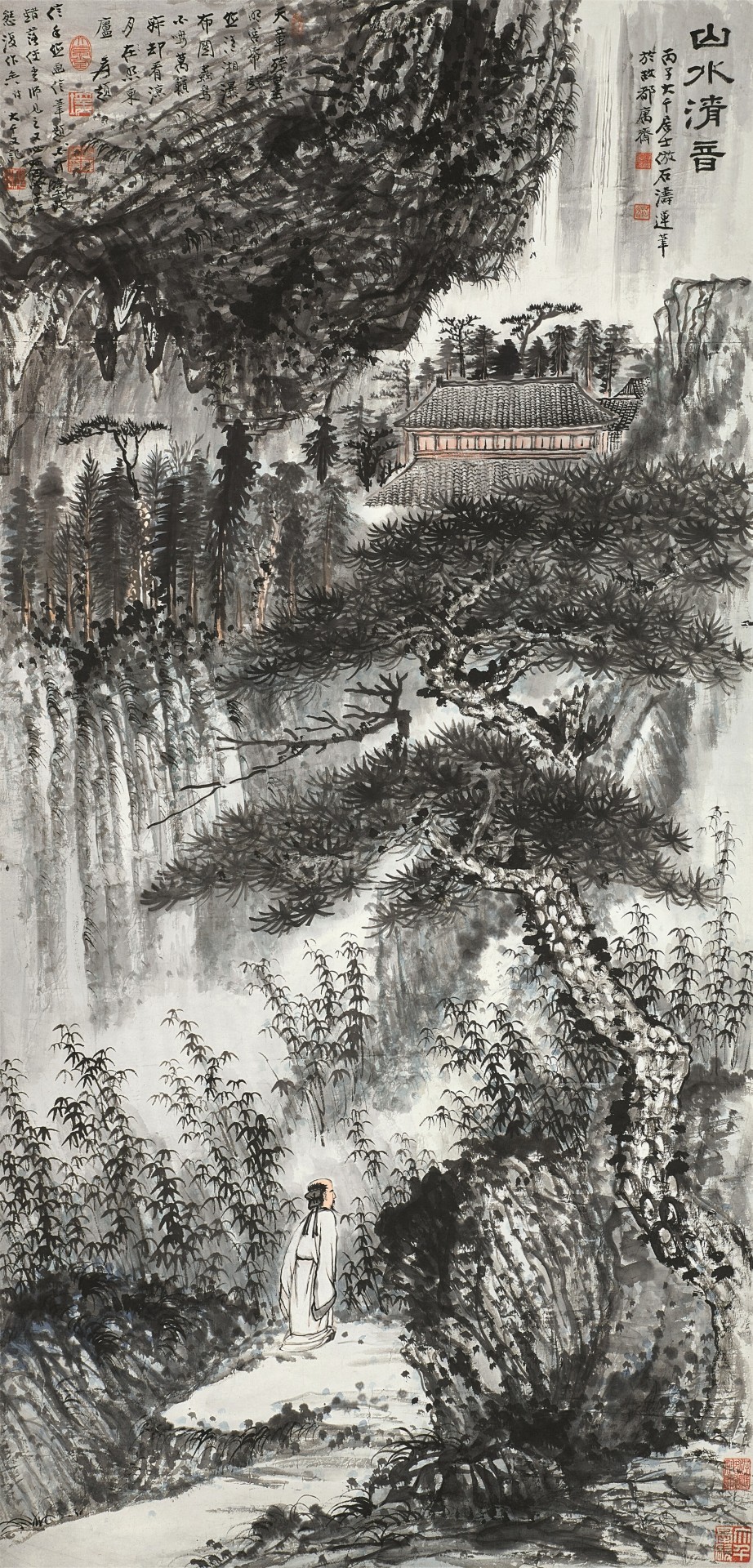
“RESONANCE IN THE MOUNTAINS” 山水清音 ZHANG DAQIAN 張大千 // 1936 [hanging scroll: ink and colour on paper | 139.8 x 67.4 cm.]
182 notes
·
View notes
Text
Fishskin Robes of the Ethnic Tungusic People of China and Russia
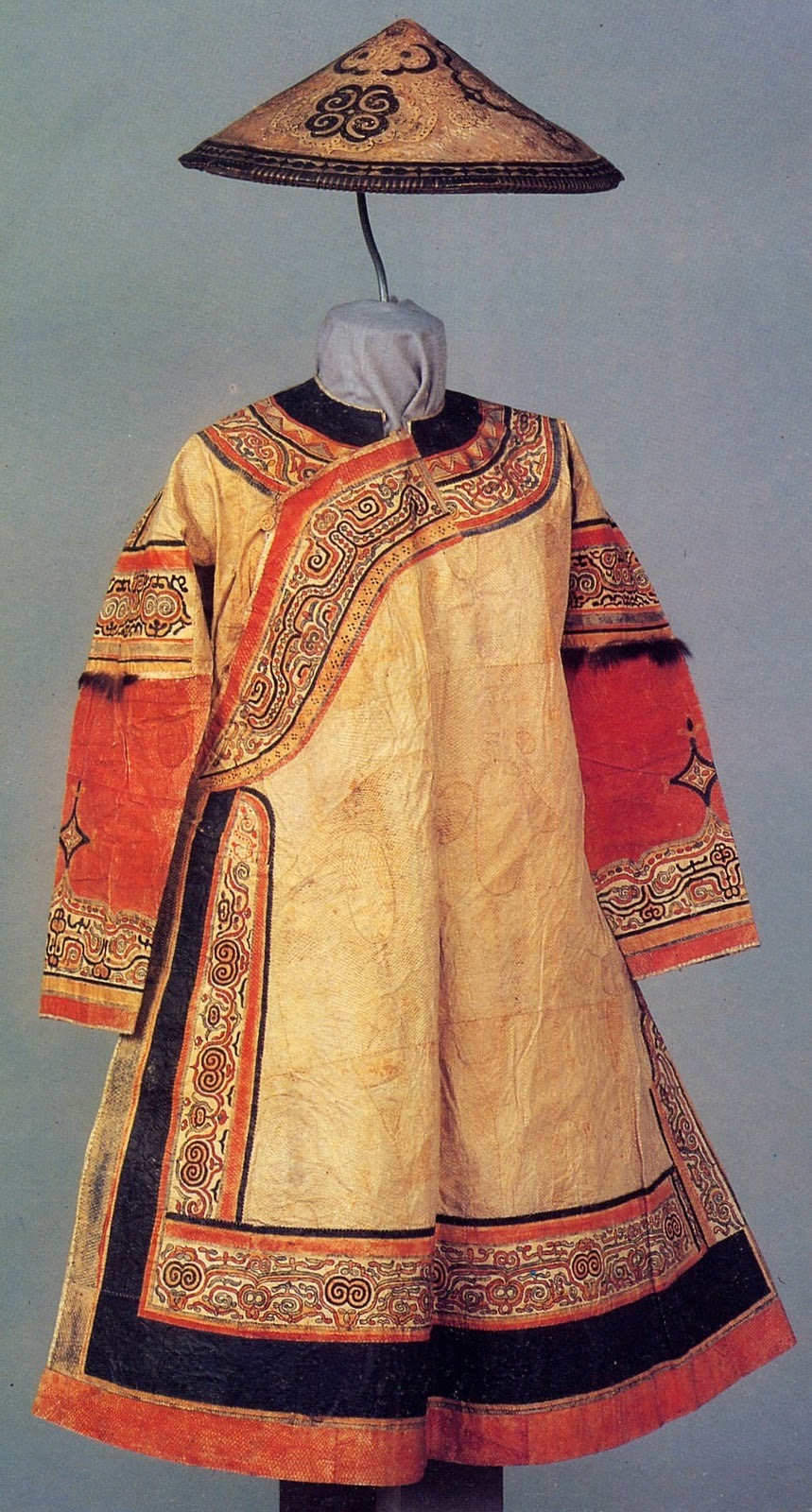
Oroch woman’s festive robe made of fish skin, leather, and decorative fur trimmings [image source].
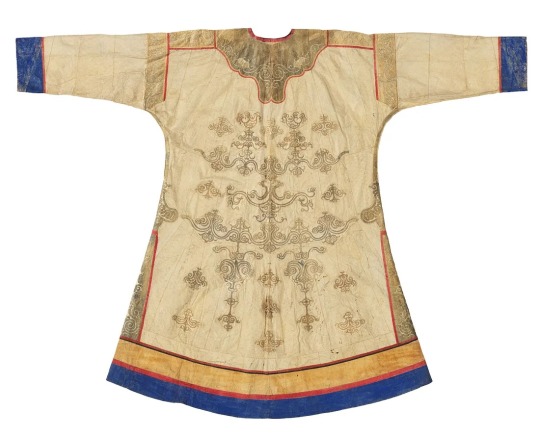
Nivkh woman’s fish-skin festival coats (hukht), late 19th century. Cloth: fish skin, sinew (reindeer), cotton thread; appliqué and embroidery. Promised gift of Thomas Murray L2019.66.2, Minneapolis Institute of Art, Minnesota, United States [image source].
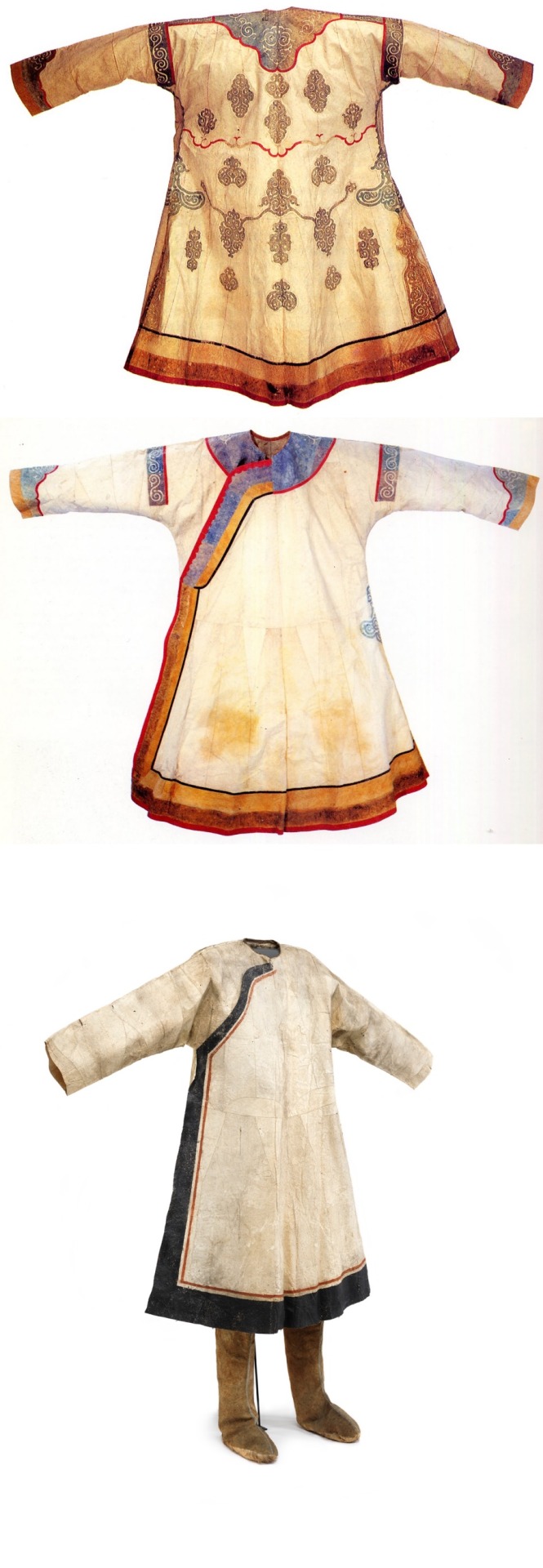
Back view of a Nivkh woman’s robe [image source].
Front view of a Nivkh woman’s robe [image source].
Women’s clothing, collected from a Nivkh community in 1871, now in the National Museum of Denmark. Photo by Roberto Fortuna, courtesy Wikimedia Commons [image source].
The Hezhe people 赫哲族 (also known as Nanai 那乃) are one of the smallest recognized minority groups in China composed of around five thousand members. Most live in the Amur Basin, more specifically, around the Heilong 黑龙, Songhua 松花, and Wusuli 乌苏里 rivers. Their wet environment and diet, composed of almost exclusively fish, led them to develop impermeable clothing made out of fish skin. Since they are part of the Tungusic family, their clothing bears resemblance to that of other Tungusic people, including the Jurchen and Manchu.
They were nearly wiped out during the Imperial Japanese invasion of China but, slowly, their numbers have begun to recover. Due to mixing with other ethnic groups who introduced the Hezhen to cloth, the tradition of fish skin clothing is endangered but there are attempts of preserving this heritage.
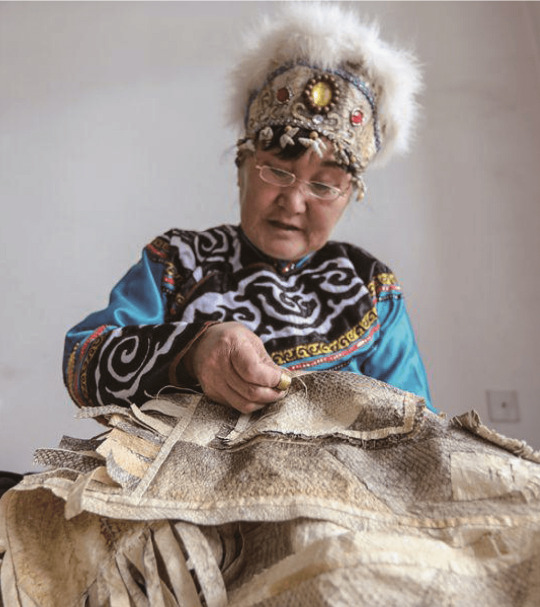
Hezhen woman stitching together fish skins [image source].


Top to bottom left: You Wenfeng, 68, an ethnic Hezhen woman, poses with her fishskin clothes at her studio in Tongjiang, Heilongjiang province, China December 31, 2019. Picture taken December 31, 2019 by Aly Song for Reuters [image source].
Hezhen Fish skin craft workshop with Mrs. You Wen Fen in Tongjian, China. © Elisa Palomino and Joseph Boon [image source].
Hezhen woman showcasing her fishskin outfit [image source].
Hezhen fish skin jacket and pants, Hielongiang, China, mid 20th century. In the latter part of the 20th century only one or two families could still produce clothing like this made of joined pieces of fish skin, which makes even the later pieces extremely rare [image source].
Detail view of the stitching and material of a Hezhen fishskin jacket in the shape of a 大襟衣 dajinyi or dajin, contemporary. Ethnic Costume Museum of Beijing, China [image source].
Hezhen fishskin boots, contemporary. Ethnic Costume Museum of Beijing, China [image source].
Although Hezhen clothing is characterized by its practicality and ease of movement, it does not mean it’s devoid of complexity. Below are two examples of ornate female Hezhen fishskin robes. Although they may look like leather or cloth at first sight, they’re fully made of different fish skins stitched together. It shows an impressive technical command of the medium.
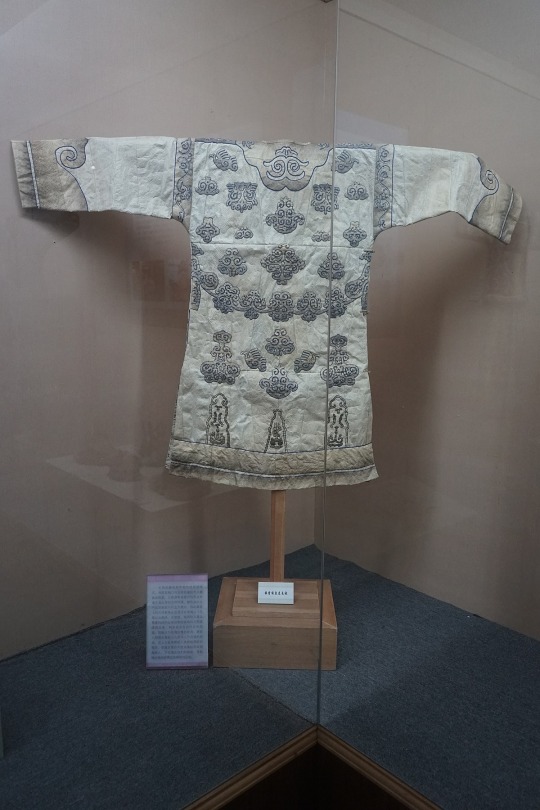
赫哲族鱼皮长袍 [Hezhen fishskin robe]. Taken July 13, 2017. © Huanokinhejo / Wikimedia Commons, CC BY 4.0 [image source].
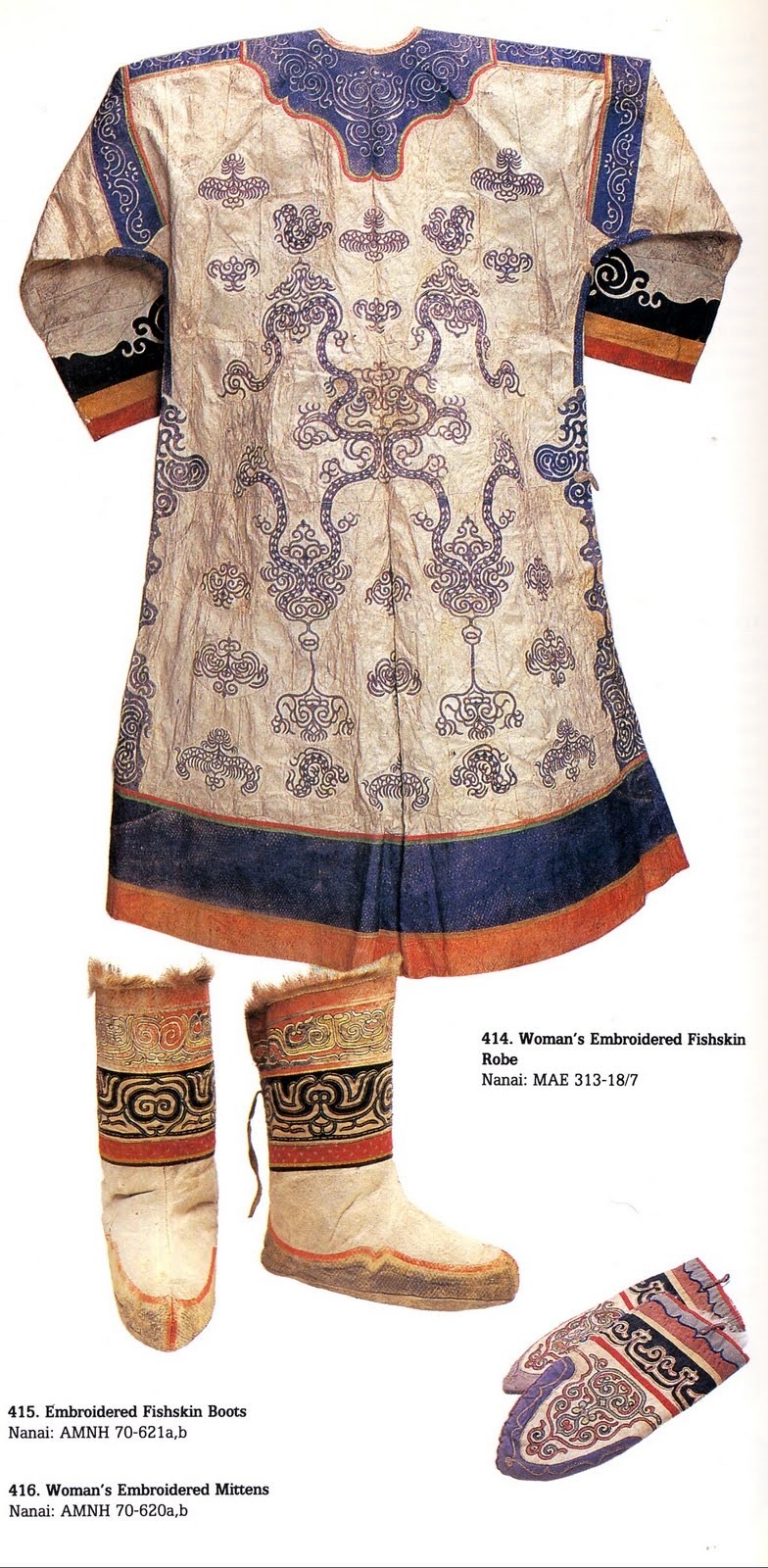
Image containing a set of Hezhen clothes including a woman’s fishskin robe [image source].
The Nivkh people of China and Russia also make clothing out of fish skin. Like the Hezhen, they also live in the Amur Basin but they are more concentrated on and nearby to Sakhalin Island in East Siberia.


Top to bottom left: Woman’s fish-skin festival coat (hukht) with detail views. Unknown Nivkh makers, late 19th century. Cloth: fish skin, sinew (reindeer), cotton thread; appliqué and embroidery. The John R. Van Derlip Fund and the Mary Griggs Burke Endowment Fund; purchase from the Thomas Murray Collection 2019.20.31 [image source].
Top to bottom right: detail view of the lower hem of the robe to the left after cleaning [image source].
Nivkh or Nanai fish skin boots from the collection of Musée du quai Branly -Jacques Chirac. © Marie-Lan Nguyen / Wikimedia Commons, CC BY 4.0 [image source].
Detail view of the patterns at the back of a Hezhen robe [image source].
Read more:
1K notes
·
View notes